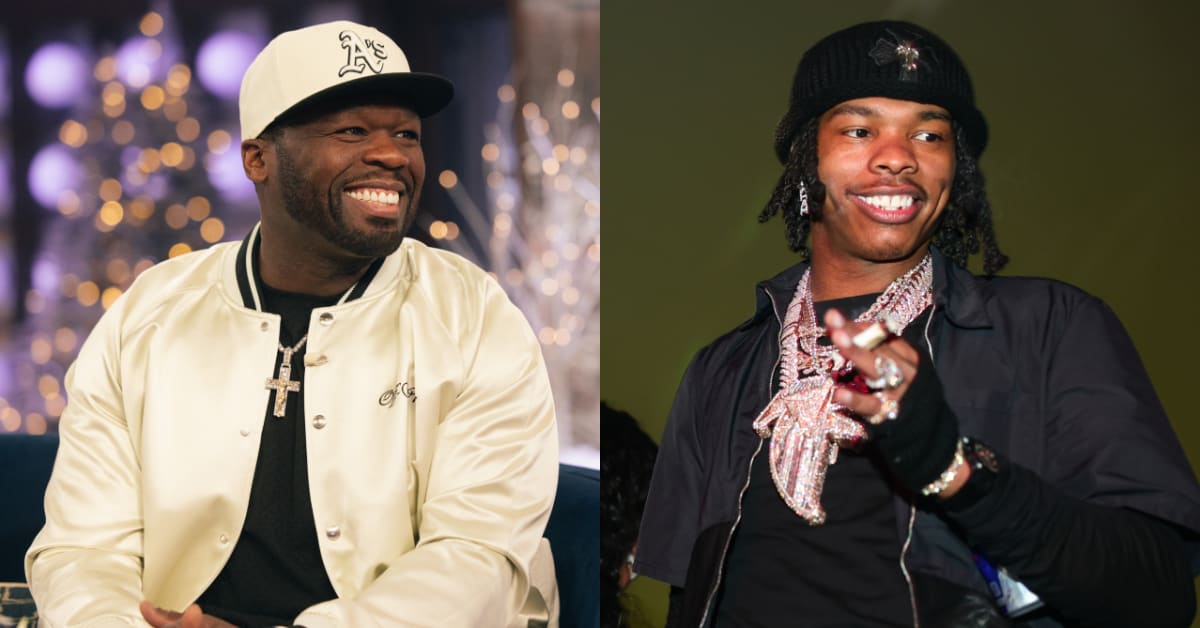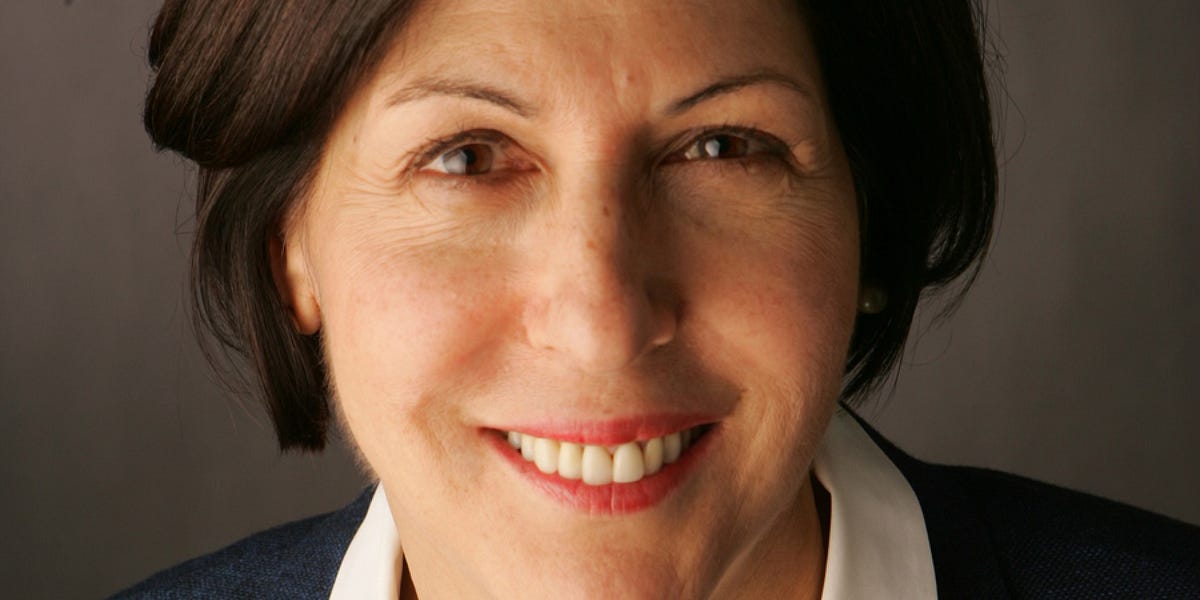Bussiness
How Smarter ‘Word Games’ Might Help Save The News Business

Newspaper and digital tablet on wooden table
The power of the “word” has never been more vital for the future of the news business. The double entendre here refers to both the increasing reliance on Wordle and its “soft news” brethren as well as tyranny of “blocklists” that have wreaked havoc with digital news advertising. And an upfront warning (no pun intended) – there are a lot of quotation marks here because even the very definitions of what is “news” lack consensus in our divided times – so judge (me) accordingly.
It doesn’t take a 60 Minutes investigation to tell any of us how challenging the news business is in the U.S. these days. Newspapers and magazines have been in an unending downward spiral for over two decades, and the digital “paywall” has had success for a small handful of traditional publications such as the Wall Street Journal and the New York Times. Accelerating cord-cutting in cable and satellite TV has robbed the cable news networks of the predictable growth pathway from subscriber fees, expanding audiences and ad dollars. Local news has been particularly devasted, with 2.5 local newspapers failing each week in 2023 and over 200 counties now considered “news deserts” with no local news coverage. Advertisers have grown increasingly reticent or even hostile towards spending advertising and sponsorship dollars in news, with National Public Radio reporting a 25% decrease in sponsorships in 2023 alone. We are now a full generation into the hugely problematic impact of social media on the impressionable young minds of future news consumers, as laid out by social psychologist Jonathan Haidt among others. And oh yes, AI.
All of these weighty news business issues formed the backdrop for an extraordinary gathering at the IAB’s (Interactive Advertising Bureau) NewFronts (“NewsFronts?”) event I attended this week. The gathering showed off both the enduring power of iconic brands in traditional news as well as the challenges facing each of them.
The high-powered first panel included Mark Thompson, CEO of CNN, which has battled the multi-headed monster of corporate takeover fallout, executive reshuffling, and its weakened multichannel business model. Cesar Conde, Chairman of NBCUniversal News Group, leads a vaunted organization still recovering from a backlash from wading into the vicious political divide in its hiring and firing of former Republican National Committee leader Ronna McDaniel. Katherine Maher, the brand-new head of NPR, has been hit by an immediate double whammy of perceived liberal bias and diminished funding prospects. Deborah Turness of BBC News must balance the obligations of its public charter with the private commercial environment in which it operates. And Meredith Kopit Levien, CEO of the New York Times, must sustain its historical role of delivering “all the news that’s fit to print” while successfully responding to the preferences of its financial benefactors among subscribers, readers, and advertisers.
The similar organizational profiles of these panelists unsurprisingly led to a similar perspectives on a number of news business challenges and opportunities, which might have a been a bit of a double-edged sword. In terms of the core mission for their brands, all of the panelists professed their unshakeable faith and commitment to professionally produced, objective, high-quality journalism. And several specifically highlighted how their research shows the elevated level of engagement of their audiences with this type of fact-based truth-telling. You’ll get no argument from me about the vital importance of journalism and the engagement from those selective audiences who dive into “real” news. But what about the vast segments of the public that wallow only in the slanted “takes” and skewed “facts” presented by their algorithm-driven social media platforms and self-selected “news” sites? I didn’t hear much about how to mount a broader assault on what we might call facts deserts populated by many digital (and linear) consumers.
The panelists were rightfully proud of recent innovations in areas such as livestream video from the BBC and audio products from the Times. But despite the obvious affinity for “hard” journalism, much of their faith in the future of the business seemed to rest heavily on “soft” features. For Kopit Levien and the Times, it was Wordle, Connections, Spelling Bee, and their siblings, along with recipes and lifestyle stories such as the recent “100 Top Restaurants in New York.” Thompson spoke of “redefining” news that better bridges the needs and desires of news publishers and advertisers, which sounds an awful lot like “sponsored” stories. Conde mirrored much of this, and of course the Today Show has long featured its share of cooking demos and celebrity bookings. Yet in a digital world where consumers have so much power to choose, it remains hugely challenging to get consumers to choose (and brands to advertise on) hard-to-watch but need-to-see content from the trenches in Ukraine to a devastated Israeli kibbutz to an inflamed Gaza battlefront.
Of course, the heart of the angst about the future of news and journalism has less to do with constructing the right content than about constructing the right business model to support it. As noted above, the Times and the Journal have seemingly cracked the code on a viable subscription model, and it is the foundation of a group of newer niche publications such as The Information, Puck, and Punchbowl News. But for most everyone else, including streaming services such as NBC News Now, a robust ad business is the most important if not the only source of revenue. The remainder of the IAB Spotlight event was comprised of ad buyers and publisher sellers focused on just this maze, and the subtopic under the most powerful microscope was the runaway train of keyword blocklists.
These blocklists aren’t new but are an increasing source of ire and apprehension for news publishers. The blocklists are supposed to function as a tool for ad buyers to shield their clients from “unsafe” environments for their brands and their reputations, preventing adjacencies to notorious violent terrorist postings or keeping airlines away from plane crashes. But these lists have become pernicious in their breadth and the negative stain cast on too much legitimate news.
Susan Schiekofer, Chief Digital Investment Officer for Group M North America, acknowledged that far too many legitimate news organizations and their content get wrongly swept up on blocklists that ignore context. And Deva Bronson, Global Head of Brand Assurance for Dentsu, implored advertisers and their agencies to establish better compliance procedures and the vigilance to keep blocklists updated and relevant. In 2017, there was a mass shooting at an Ariana Grande concert in Manchester, England. But seven years later “Ariana Grande” still appears on some blocklists despite having a hugely successful recording and acting career with no legitimate need for advertiser bans. It’s time to get past this simple and simplistic wordsmithing to open the ad faucet for plenty of legitimate news publishers whose content can and really must be supported at a time of such great societal need.










